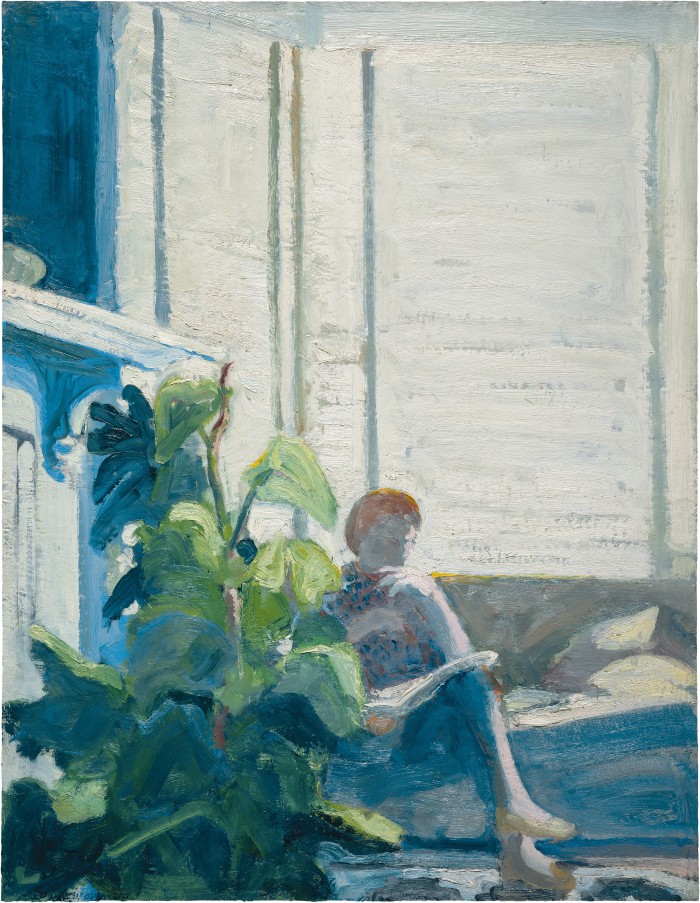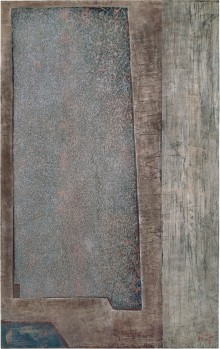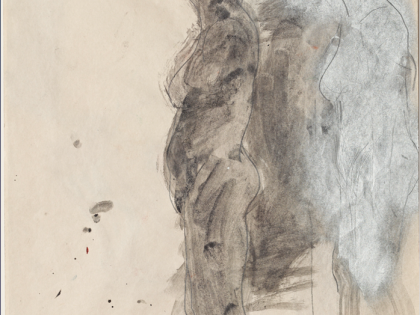Paul Wonner
Figure by Window 1962

© Estate of Paul Wonner and William Theophilus Brown, Crocker Art Museum.
A woman sits with her back turned to a large window, her attention focused on the paper in her lap. But all around her, Wonner’s characteristic California light causes the elements in the room to vie for her consideration. This tension between representational and abstracted elements attests to Wonner’s continued study of the relationship between the surface of the painting and the reality of the subject’s presence. After living in New York from 1946 to 1950, where he attended programs and lectures at Robert Motherwell’s Studio 35, a gathering place for artists’s lectures and events, the artist returned to the Bay Area to earn his MFA under the direction of Hans Hofmann at the University of California, Berkeley. Through Wonner’s painting, the expressionist tendencies of the New York School converge with the “push-pull” influence of plastic space cubist abstraction, where the East-coast tendency toward amorphous color fields is counterpoised by a slightly hardened, more California-common, edge. This is best seen in the window, where the waving, free-form brushstrokes remain defined by the frame. But Wonner stays focused on the figure; the seated woman becomes the spectatorial agent of the painting’s compositional relations, our double who, like us, studies those fleeting yet familiar lines of light dancing on the surface before her.
-Christian Whitworth, PhD Candidate in the Department of Art & Art History
From Left of Center, opened Sept 20, 2019
On loan to Laguna Art Museum for the exhibition Breaking the Rules: Paul Wonner and Theophilus Brown.






![Collage and Ink Figure Study No. 35 [Joan Brown], 1963](https://anderson.stanford.edu/wp-content/uploads/2017/07/MN.1963.DWG_.093rev-220x218.jpg)
